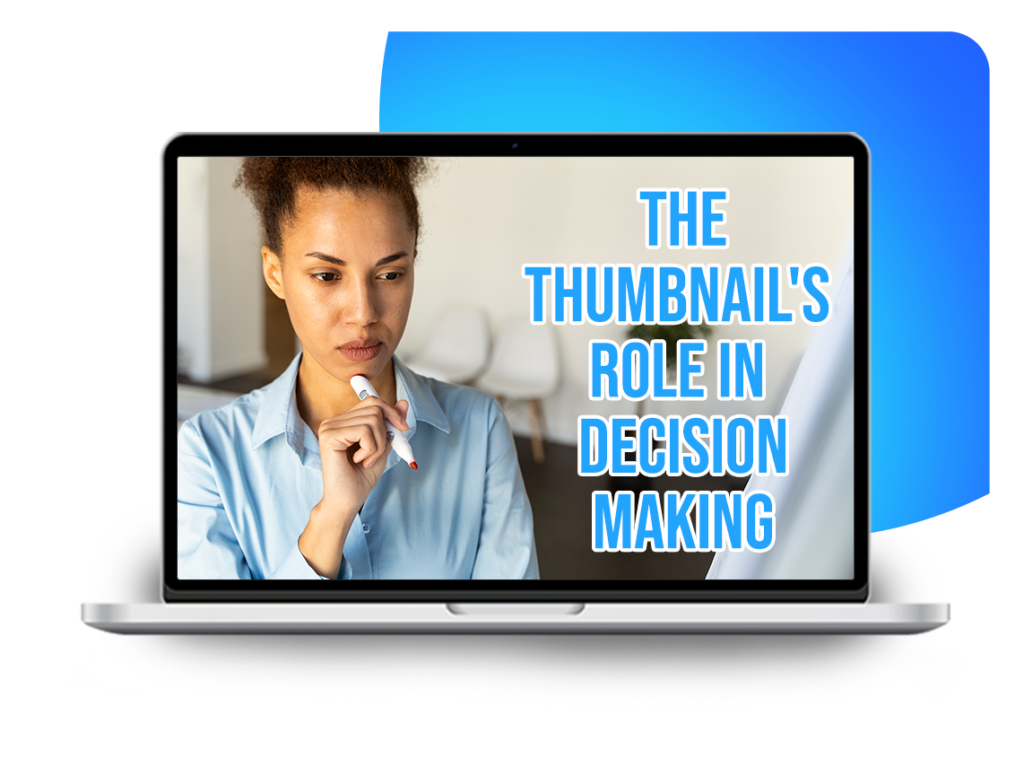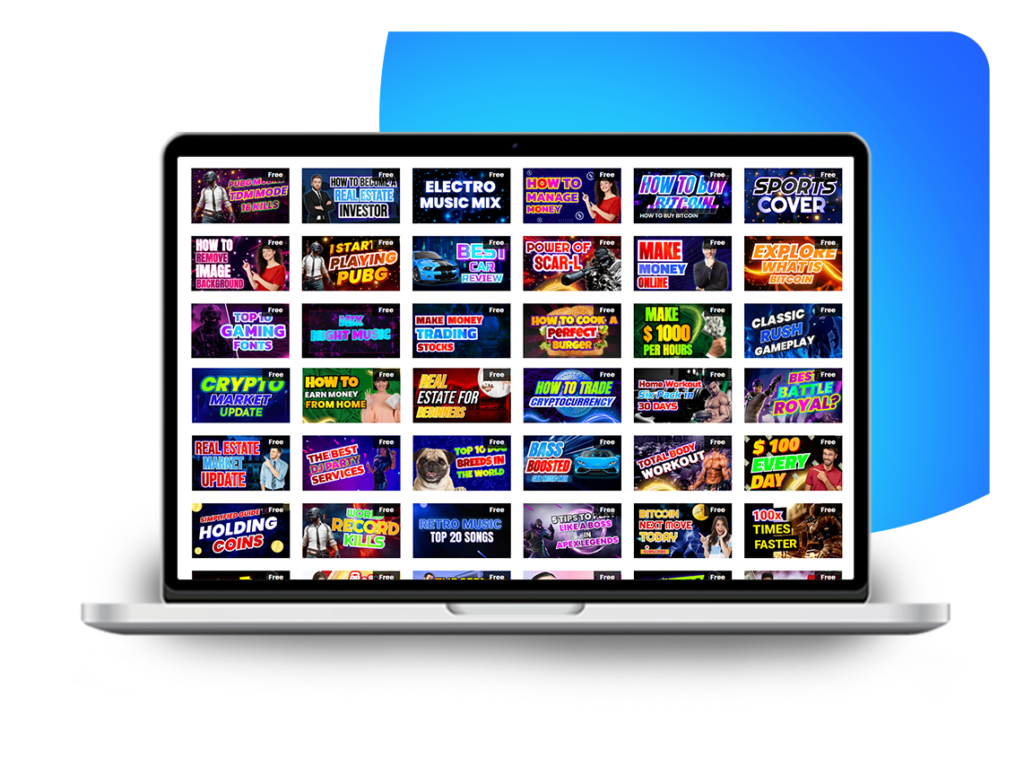YouTube thumbnails are more than just eye-catching visuals; they are psychological triggers that influence whether viewers click on your videos. Understanding the psychology behind thumbnails is key to creating click-worthy visuals that attract and engage your audience. In this exploration, we’ll delve into the psychology of YouTube thumbnails, unraveling what viewers truly want, and share insights on how to optimize your thumbnails for maximum impact. Plus, we’ll introduce you to Thumbz Studio, a platform that simplifies thumbnail design while aligning with psychological principles.

1. The Thumbnail’s Role in Decision-Making
Before diving into the psychology of thumbnails, it’s essential to grasp their significance. Thumbnails serve as visual cues that:

Attract Attention: Thumbnails are the first thing viewers notice when browsing YouTube. They must grab attention amidst a sea of content.
Convey Information: Thumbnails offer a glimpse of what the video is about, influencing viewers’ expectations.
Evoke Emotions: Effective thumbnails evoke curiosity, excitement, or emotions that prompt viewers to click.
2. The Psychological Principles of Thumbnails
Thumbnail psychology involves several key principles:

a. Visual Appeal
Humans are visually oriented creatures, and appealing visuals draw our attention. Thumbnails with vibrant colors, high-quality images, and clear graphics are more likely to stand out.
b. Curiosity and Intrigue
Curiosity is a powerful psychological driver. Thumbnails that hint at intriguing content, ask questions, or create a sense of mystery tend to entice viewers.
c. Emotions and Connection
Emotions play a significant role in decision-making. Thumbnails that convey emotions relevant to the video’s content can create a connection with viewers.
d. Relevance
Viewers want thumbnails that accurately represent the video’s content. Misleading thumbnails can lead to frustration and disengagement.
e. Scarcity and Urgency
Creating a sense of scarcity or urgency in thumbnails can motivate viewers to click. For example, using phrases like “limited time” or “exclusive” can instill a sense of FOMO (fear of missing out).
3. Applying Psychological Principles to Thumbnails
To optimize your thumbnails using psychological principles:

Choose Compelling Imagery: Select images that elicit emotions or curiosity relevant to your video’s topic.
Utilize Text Effectively: If using text, make it concise, impactful, and aligned with the video’s message.
Test and Iterate: Experiment with different thumbnail styles to see which ones resonate best with your audience. Analyze click-through rates to refine your approach.
4. The Role of Thumbz Studio
Thumbz Studio simplifies the process of creating thumbnails that align with psychological principles. Here’s how it can help:

Diverse Templates: Thumbz Studio offers a wide range of customizable thumbnail templates designed by professional graphic designers. These templates are crafted with psychology in mind.
User-Friendly Customization: Easily modify templates to align with your video’s message and branding. Customize text, insert images, and tweak elements intuitively.
Professional Design: Templates on Thumbz Studio are created to maximize visual appeal and psychological impact.
Conclusion: The Art and Science of Thumbnails
Creating click-worthy YouTube thumbnails is both an art and a science. By understanding the psychological principles that influence viewers’ decisions, content creators can craft thumbnails that not only attract clicks but also keep viewers engaged. Thumbz Studio simplifies the process, ensuring that your thumbnails are aligned with psychological triggers and optimized for success.
Ready to unlock the psychology of thumbnails? Explore Thumbz Studio and create visuals that captivate your audience!




